Handling & Preparing
Eating seafood is only part of the healthy equation. Seafood needs to be handled and prepared the right way in order to create great tasting and healthy seafood dishes!
Scallops
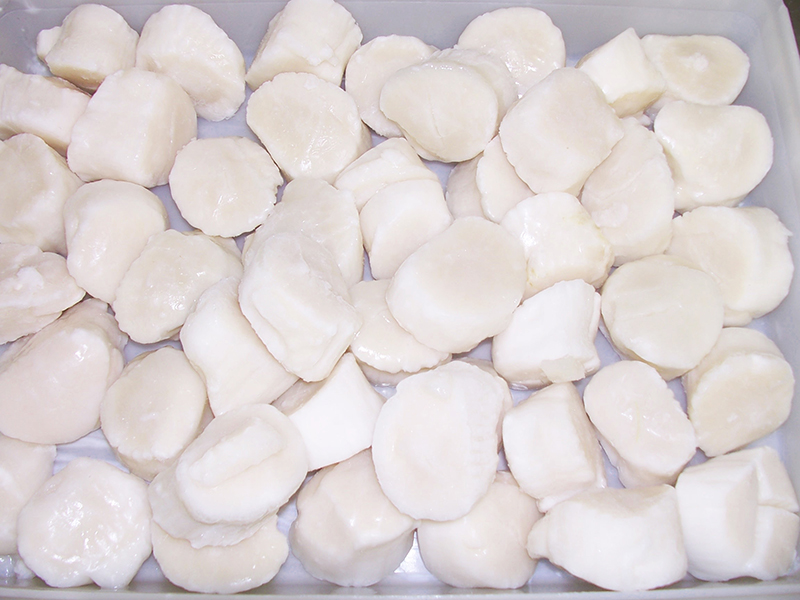
Frozen scallops need to stay frozen until you are ready to use them. Sea scallops should be thawed by removing them from their package and placing them in a sealed plastic bag or container and placed in the refrigerator (33 to 39°F) for 12 to 24 hours or until completely thawed. For a quicker thaw, they can be placed in a colander with a cool water rinse over them until the ice glazing is removed, then place them in refrigerator to finish the thawing process. Sea scallops that are not consumed immediately after complete thawing need to be refrigerated between 33 and 39°F and consumed within 2-3 days. Never refreeze scallops once they are defrosted.
Fresh scallops can last up to two days in a cold refrigerator. Always put scallops in a covered container on the bottom shelf of the refrigerator and in the back where it is the coolest. Look for fresh scallop meat that is firm to the touch, with a creamy white to beige color, although some female scallops at times can have an orange hue. Avoid those that have taken on a brown or grey discoloration.
Fresh scallops can have a mild gassy odor when you first lift the can lid, this is normal and will dissipate. Although they are shellfish, fresh scallops should not smell fishy. Rather, they should give off a sweet, seaweed aroma. If the fish odor is strong, discard them.
Frozen scallops do not give off any odor from the package, but avoid those that are not shiny or have a lot of frost. This could be a sign that the scallops were not frozen correctly.
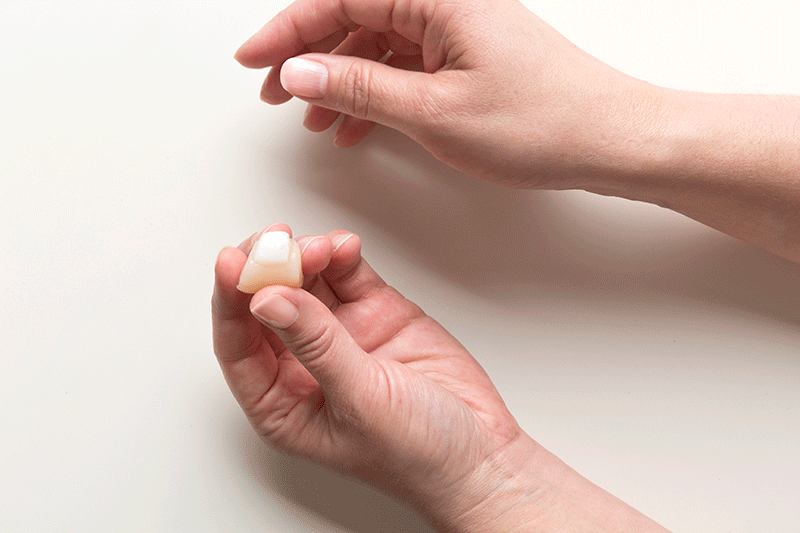
Before cooking scallops you need to remove the piece of muscle that connected the scallop meat to the shell. This tough piece of muscle, sometimes referred to as the ‘sweet meat,’ easily peels off and can be discarded. If left intact it will become extremely tough and rubbery when cooked.
You should not rinse scallops before you prepare them for cooking, but you should always pat them dry with a clean paper towel to remove any excess moisture. This will help ensure you get a nice caramelization from the natural sugars in the scallop.
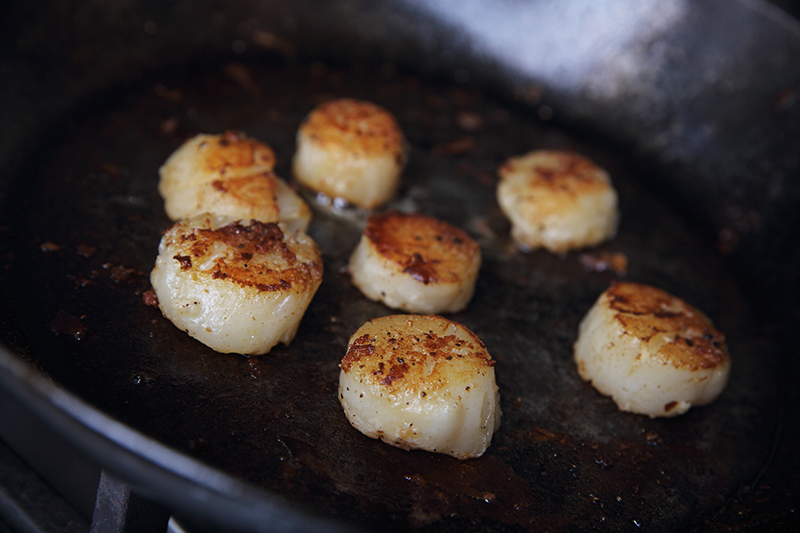
Scallops are extremely versatile and are suited for many different cooking applications. They can be baked, broiled, sautéed, and fried. They work well in soups, chowders, stuffing and salads, as an appetizer or center of the plate.
Fish
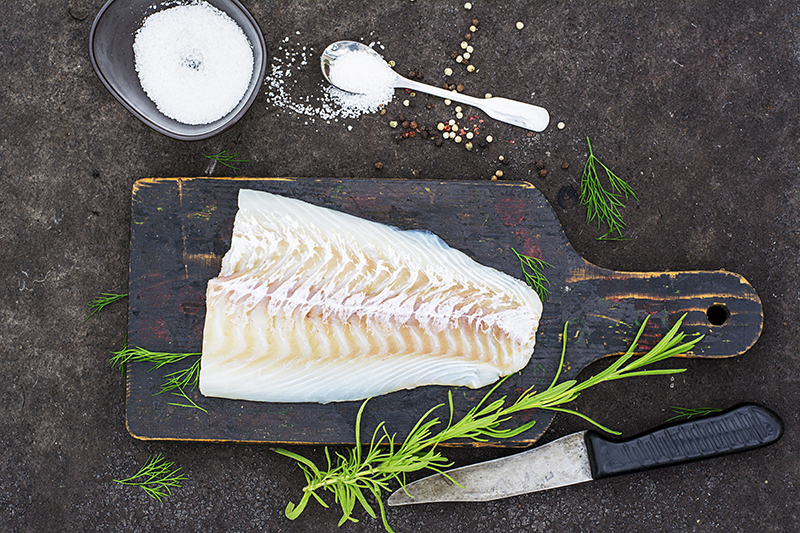
Fresh cod fillets should have a creamy white color and a faint smell of the ocean. Flounder is a very delicate white flesh fish. Fillets need to be kept wrapped in the coldest part of the refrigerator until use. When stored properly fresh cod will last 2-days in the coldest part of your cooler.
Frozen fillets have a 12-month shelf life. Fillets should never be refrozen once they have been thawed.
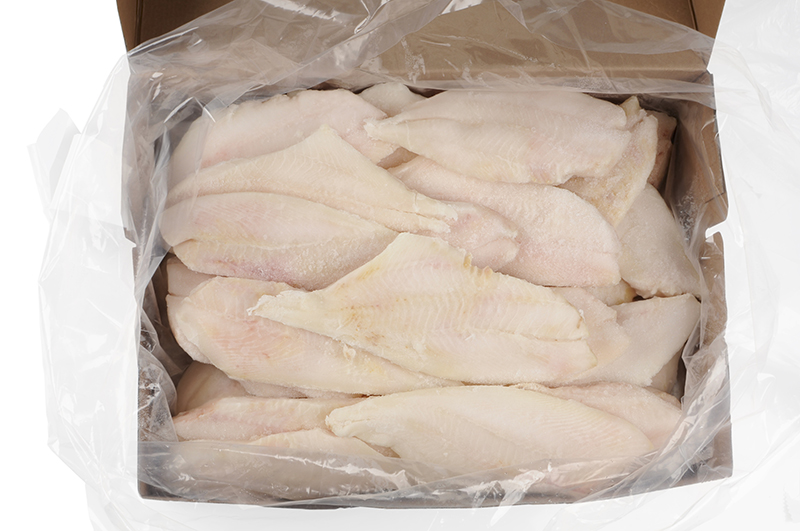
To thaw frozen fillets place them in a container on the bottom shelf of the refrigerator overnight. For a quicker thaw, place the fillets in a plastic bag and set the bag in a bowl of cool water.
Frozen at Sea fish should have a mild smell of the sea, the flesh should be firm and moist. Avoid fillets that are shiny or appear wet.
It is not necessary to rinse fish fillets before cooking. Prepare with seasoning before baking, pan fry or broiling. Both cod and flounder are also great in soups and chowders.
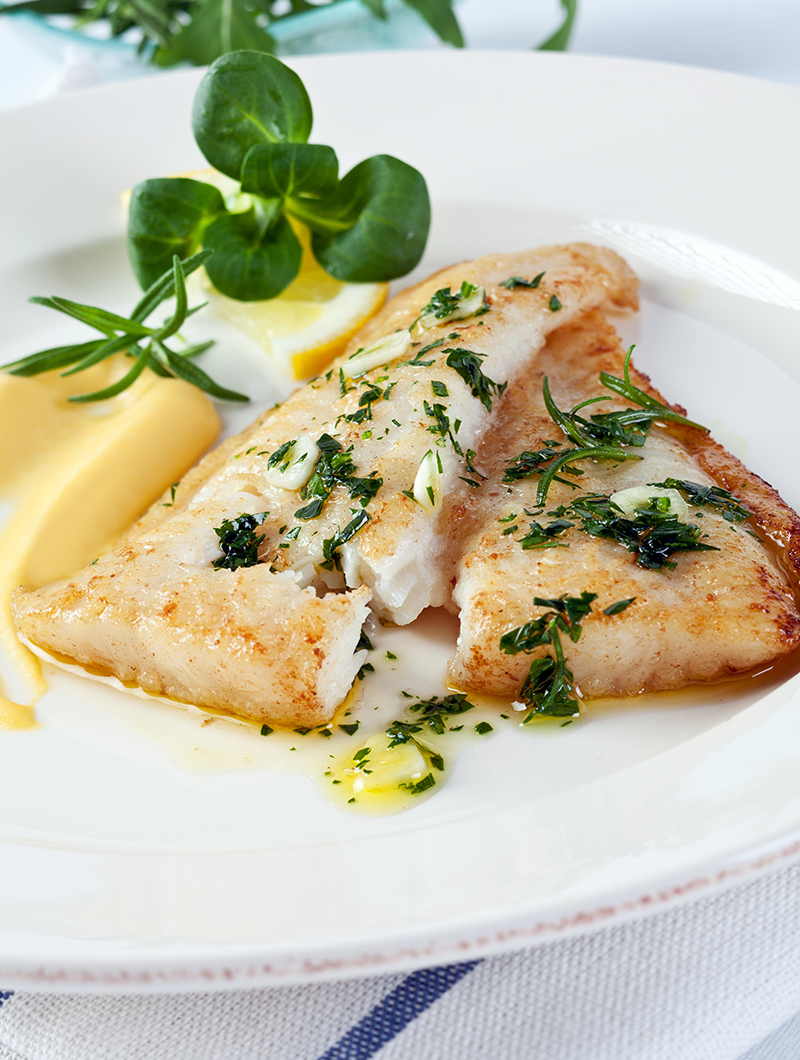
The mild, clean flavor of the white fishes agrees with all different types of seafood eaters.